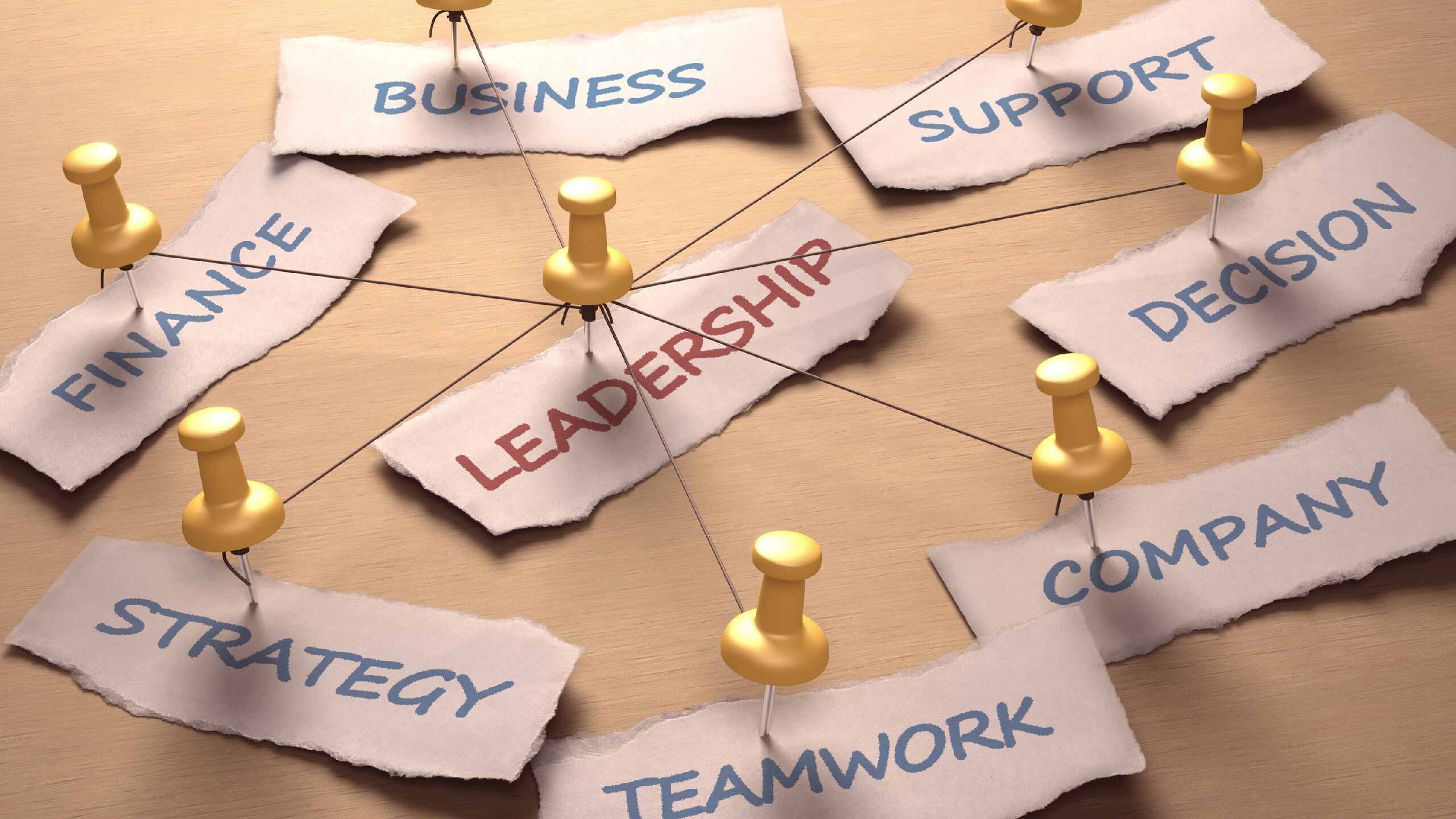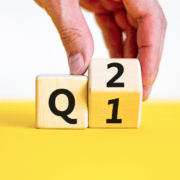How to Overcome Leadership Fatigue
Leadership Fatigue is Real
The continual pressure of being asked to respond with certainty to a situation through the coronavirus pandemic when we do not have all the answers has been taxing on individuals in leadership positions. As we continue to focus on employee safety and morale, communicating regularly and effectively is essential in providing support and transparency of expectations for employees. Our employees and clients are viewing our actions and energy levels, and personal strategies to keep on top of the fatigue need to become a habit. It is crucial to take care of ourselves physically, be mindful of our thinking and emotions, as no-one else can do that for us. It is our responsibility to model good physical and emotional health and be an inspiration and motivation to our employees.

Being Visible with our Employees
As a leader, we need to be visible with our employees, for some that may now be in-person. However, for the majority, it remains to be through remote video connection or phone. Managing the increase of communication channels to employees has been taxing for many, however essential as it has helped people connect in a way that they are most comfortable. The use of video and video conferencing has increased fivefold as we communicate new provisions for employees, pivots, contingency plans and encourage the ability of staff to improvise from a strong foundation as they navigate ways to work more efficiently and effectively under different conditions.
Lockdowns are Lifting, the Pressure is Not: How to Navigate It
As lockdowns continue to lift and we navigate our way through the impact and effects that the coronavirus has on our organizations and people, we need to put measures in place to help manage and cope with extended periods of stress. Rethinking responsibilities to focus on what employees need the most of right now is essential. Our instinct may be to focus on more business orientated strategies that, for many, are easier, however providing a sense of predictability, compassion, empathy, and explicit control is what is still needed.
A shift of priorities on existing business dimensions can be helpful to manage leadership fatigue:
- Prioritizing communication clarity and security for employees
- Projecting one-week, one- month and one-quarter out and reframing efforts
- Revising priorities against conflicting demands and encouraging staff to provide input through the use of open-ended questions before providing solutions, and
- Implementing adaptive bottom-up approaches to complement efforts

It’s Okay to be Still
Relentless and consistent action to move forward, being adaptive, redefining and reshaping the way we work will help leaders continue to manage well in this time of uncertainty. We may not have the bandwidth to address every short-term challenge; however, if we aim to do our best with the data and knowledge that is at our fingertips, we will make progressive and compounded changes that will be of benefit to our organizations.
For many, the fear of failure or reinvention is exceptionally stressful. Being comfortable with moving away from a more hierarchical to a flatter organizational model whereby collective intelligence within the company can be harnessed will enable better results. We need to think like a futurist as we map out our strategies moving forward and brace for the uncertainties in the economy.

Adaptive Leadership
Adaptive leadership requires a focus on identifying and evaluating opportunities to help teams thrive. Leaders need to be optimistic while at the same time, realistic in how we can seize opportunities. Survival (pending industry) for many is top of mind; we need to move out of survival mode and achieve resilient growth through this changing business cycle to thrive.
Allocating time in your schedule to reflect and think is crucial. Think of this scheduled time as a sanctuary where you can step away from day to day stressors and regain your perspective. Build and utilize a small group of confidants that you can run ideas or issues by that will help you make decisions wisely. Be your authentic self professionally and personally, and don’t get tied up with your ego and role.
We have many variables in our businesses to consider, and there is clarity through data that can assist in the making of the right decisions. The teams that I have seen proposer are led by individuals that are demonstrating high-performance traits. These teams have grown closer, increased levels of communication, felt supported and are in line with the organizational values.

In Summary:
- Block off ‘thinking’ time
- Integrate self-care into your schedule like any other activity
- Build a group of confidants to lean on
- Debrief stressful situations
- Be your authentic self professionally and personally
Be safe, be well, and be kind.








